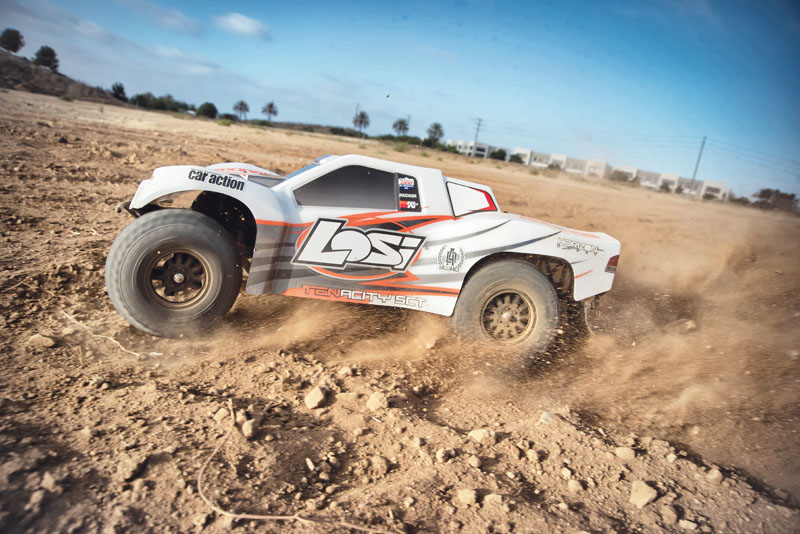Depending on the motor manufacturer in question, a motor’s power level will be indicated by either its number of “turns” (which refers to the amount of wire used to construct the motor) or a “Kv rating,” which refers to how many RPM the motor makes for each volt of electricity the motor receives. Let’s consider each individually.
Turns
Look inside a brushless motor, and you’ll see a cylindrical magnet (that’s the rotor) which fits inside what looks like a wire nest (that’s the stator). Each wrap of wire around the stator is called a “turn.” Thinner wire allows more turns and thus more wire to be used in the stator’s construction. Thicker wire will make fewer turns. In general, the more turns a motor has, the lower the motor’s RPM, and the greater its efficiency. So, a 17.5 turn (“17.5T”) motor will not be as fast as a 10.5T motor, but your car will run longer on a charge with the 17.5T motor.
Kv Rating
A motor’s Kv rating refers to its RPM per volt (RPM stands for revolutions per minute—but you knew that one, right?). For example, a motor with a 2200Kv rating should spin at 2,200 RPM when powered by one volt. A 3500Kv motor would spin at 3,500 RPM at one volt. When comparing Kv, a bigger number means more RPM per volt, a lower number means fewer RPM per volt. And as always, speed comes with a price—higher RPM means shorter battery life. Note that Kv refers to an “unloaded” motor, spinning freely. Once installed in a vehicle and pushing four or more pounds of RC car, the motor’s RPM will be much less. But a higher Kv motor will always spin faster than a lower Kv motor at the same voltage.



![Motor Turns & KV Ratings Explained [VIDEO]](https://www.rccaraction.com/wp-content/uploads/2016/08/Motor-Turns-KV-explained-614x300.jpg)




![RC Car Action - RC Cars & Trucks | This 1/3 scale 125cc V10 Buggy is CRAZY [VIDEO]](https://www.rccaraction.com/wp-content/uploads/2018/05/V10-HP.jpg)


 Stay up to date with the latest information, sign up for our FREE newsletter today.
Stay up to date with the latest information, sign up for our FREE newsletter today.
